We explore Franklin Israel’s lesser-known, progressive, deconstructivist architecture
Franklin Israel, a progressive Californian architect whose life was cut short in 1996 at the age of 50, is celebrated in a new book that examines his work and legacy
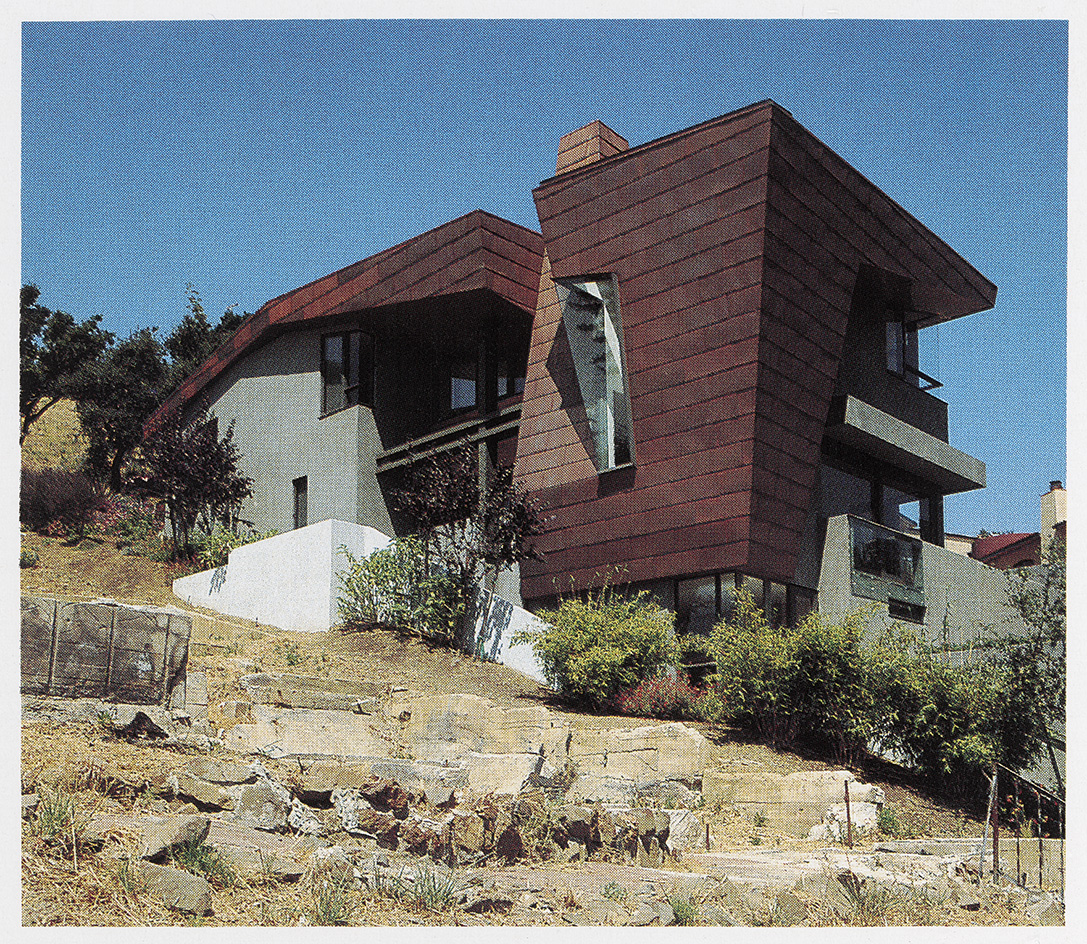
The brightest stars in the constellation of progressive Los Angeles architects are Frank Gehry and Morphosis, but Franklin Israel (1945-1996) might have rivalled their brilliance had he not died at age 50, just as his career was beginning to flower. Had Gehry passed that early he would be remembered only for his houses and a few humble projects, mere hints of the Bilbao Guggenheim, Walt Disney Concert Hall and other masterpieces to come. Gehry was a mentor to Israel and paid tribute at his memorial, asking 'Was he a great architect? He was becoming one. We won’t see the peak.'
Franklin Israel's architectural legacy and potential is explored in a new book
Even during his two decades of creativity in LA, there was little public awareness of Israel. Many of the residential commissions were hidden from the street. He shaped colourful, interior villages for cutting-edge companies, including Propaganda Films, Virgin Records and Limelight Productions, while transforming the former Eames Studio in Venice for the branding company Bright and Associates. Each shares a common language of folded and tilted planes, exposed members, luscious colours and daring manipulations of space.
Deconstruction is an overworked and often misapplied term, but it’s an apt description of these fragmented environments. All were concealed within generic warehouses and only one – for the Tisch-Avnet film company – remains intact.
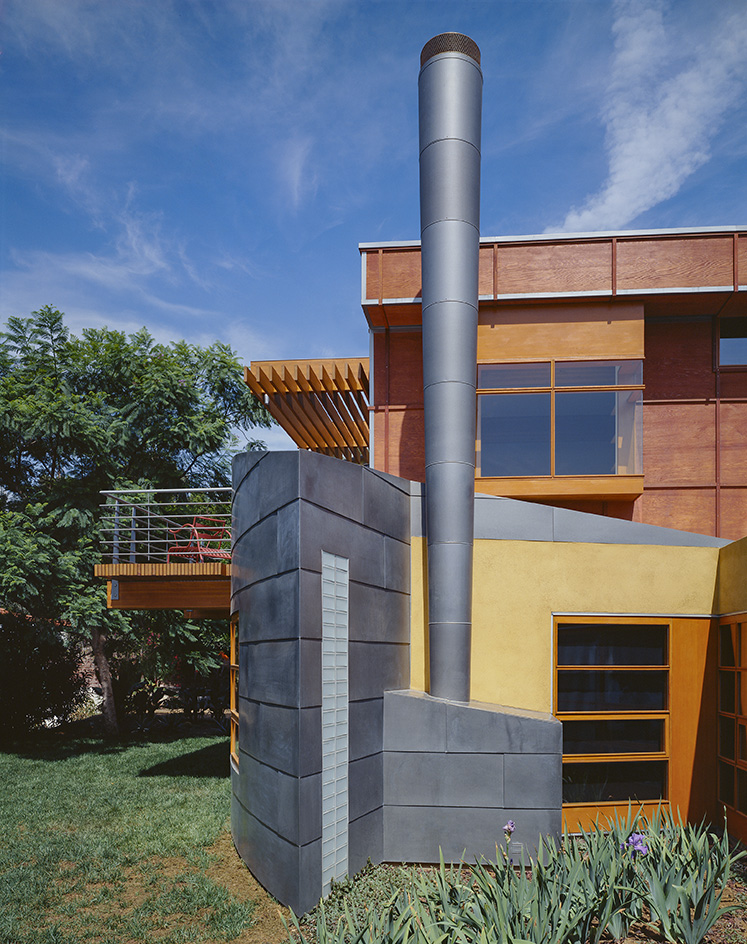
Goldberg-Bean House, Los Angeles
Now, a new book by Getty Publications, Franklin D. Israel: A Lifetime in Architecture, puts the spotlight on this lesser-known pioneer's work. In a moving tribute, author Todd Gannon, a professor of architecture at Ohio State University, brings the man and his work back to life.
He has used the archive of Israel’s models and drawings at the Getty Research Institute to trace the evolution of a prodigy from student sketches to his designs for a new city centre in Teheran, through his brief practice, culminating in the Weisman Pavilion, Los Angeles, the Drager House in Berkeley, the Dan House in Malibu and the UC Riverside Arts Building, completed by his associates after his death. Here, one can clearly discern the trajectory that would surely have brought him larger commissions.
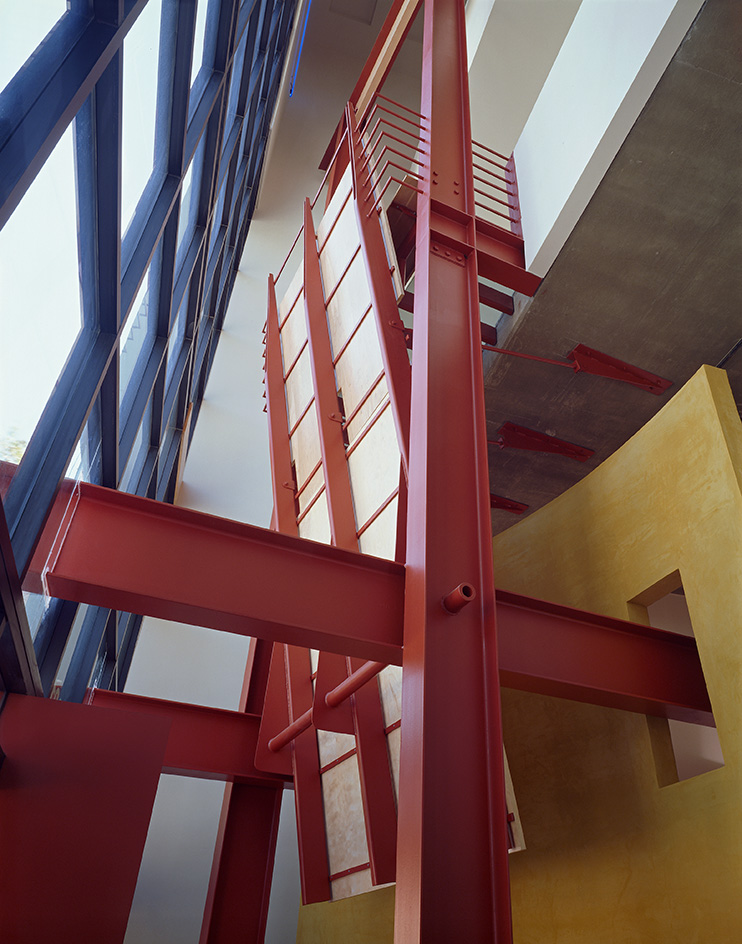
Tisch/Avnet offices, Culver City
Gannon also reveals the anguished struggle of a gay man to conceal the disease that was slowly destroying him, even as he increased his productivity as an architect and teacher, and sustained a network of friends and clients. It’s becoming harder to remember the terror that AIDS inspired while it was still an incurable, mystery disease. As Herbert Muschamp, the brilliant New York Times critic, wrote, 'It has fallen to Israel’s generation to negotiate a contract between stellar promise and early death.'
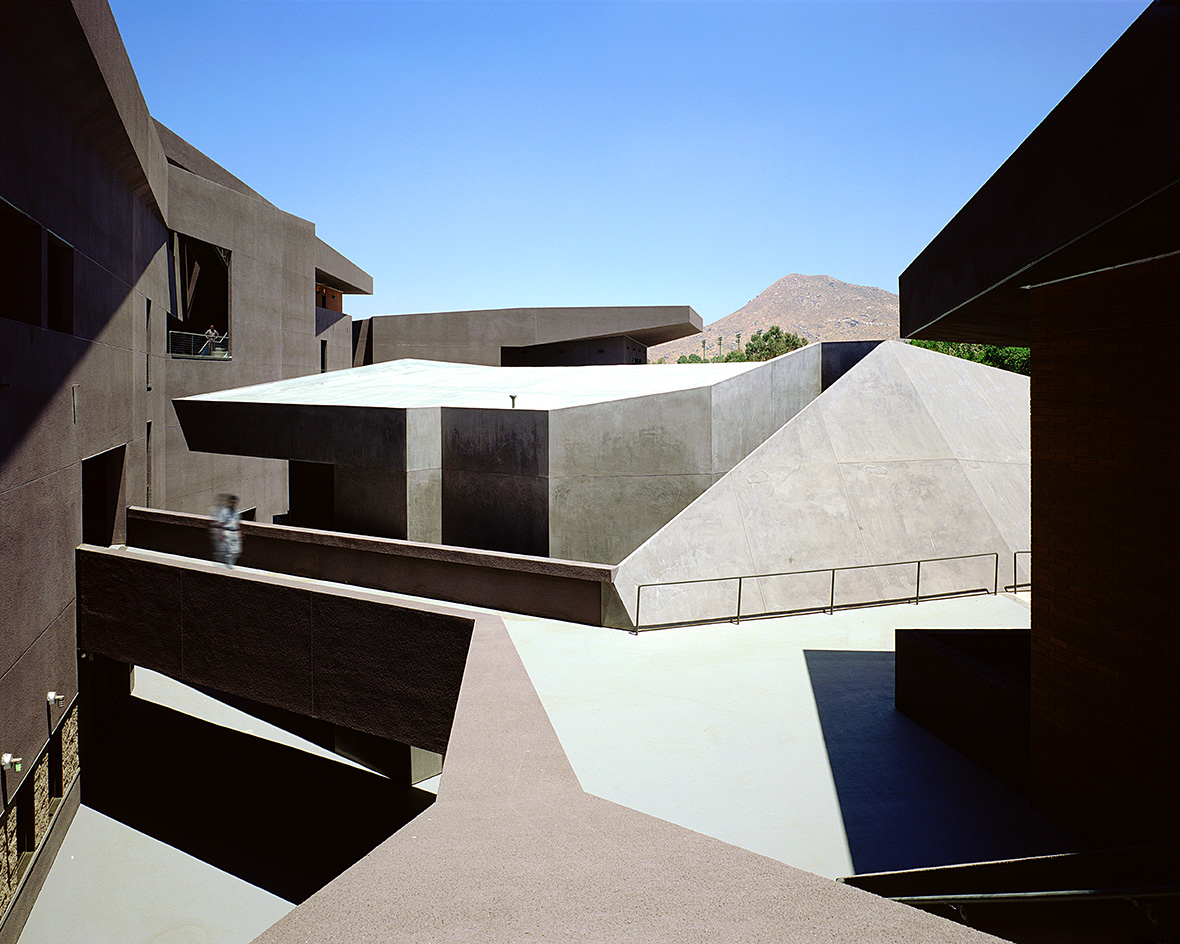
Israel Callas Shortridge: University of California Riverside Arts Building
It’s tempting to quote at length from a monograph that is beautifully written, keenly analytical and full of sharp perceptions about Israel, his peers and the city in which he worked. In his summation, Gannon observes: 'Countering the figure of the lone genius, [Israel] was a committed collaborator who never did anything alone. Against the prevailing tendency to equate great work with raw authenticity, he revelled in dreamlike artifice… From the start, Israel excelled at elaborate set pieces and dramatic promenades. He laboured over surface finishes, material selections, lighting and colour, coupling the steady hand of the master architect with the keen eye of the decorator.'
Receive our daily digest of inspiration, escapism and design stories from around the world direct to your inbox.
Would that every architectural monograph were so instructive and such a pleasure to read.
Franklin D. Israel: A Lifetime in Architecture, £50 (Todd Gannon. Getty Publications). Also available from Amazon.com
Michael Webb Hon. AIA/LA has authored 30 books on architecture and design, most recently California Houses: Creativity in Context; Architects’ Houses; and Building Community: New Apartment Architecture, while editing and contributing essays to a score of monographs. He is also a regular contributor to leading journals in the United States, Asia and Europe. Growing up in London, he was an editor at The Times and Country Life, before moving to the US, where he directed film programmes for the American Film Institute and curated a Smithsonian exhibition on the history of the American cinema. He now lives in Los Angeles in the Richard Neutra apartment that was once home to Charles and Ray Eames.
-
 Glastonbury’s Terminal 1 is back: ‘Be prepared to be deeply moved and then completely uplifted’
Glastonbury’s Terminal 1 is back: ‘Be prepared to be deeply moved and then completely uplifted’Terminal 1 is an immersive, experiential space designed to deliver a vital message on immigration rights at Glastonbury 2025
-
 At Glastonbury’s reinvented Shangri-La, everything must grow
At Glastonbury’s reinvented Shangri-La, everything must growWith a new theme for 2025, Glastonbury’s Shangri-La is embracing nature, community and possibility; Lisa Wright is our field agent
-
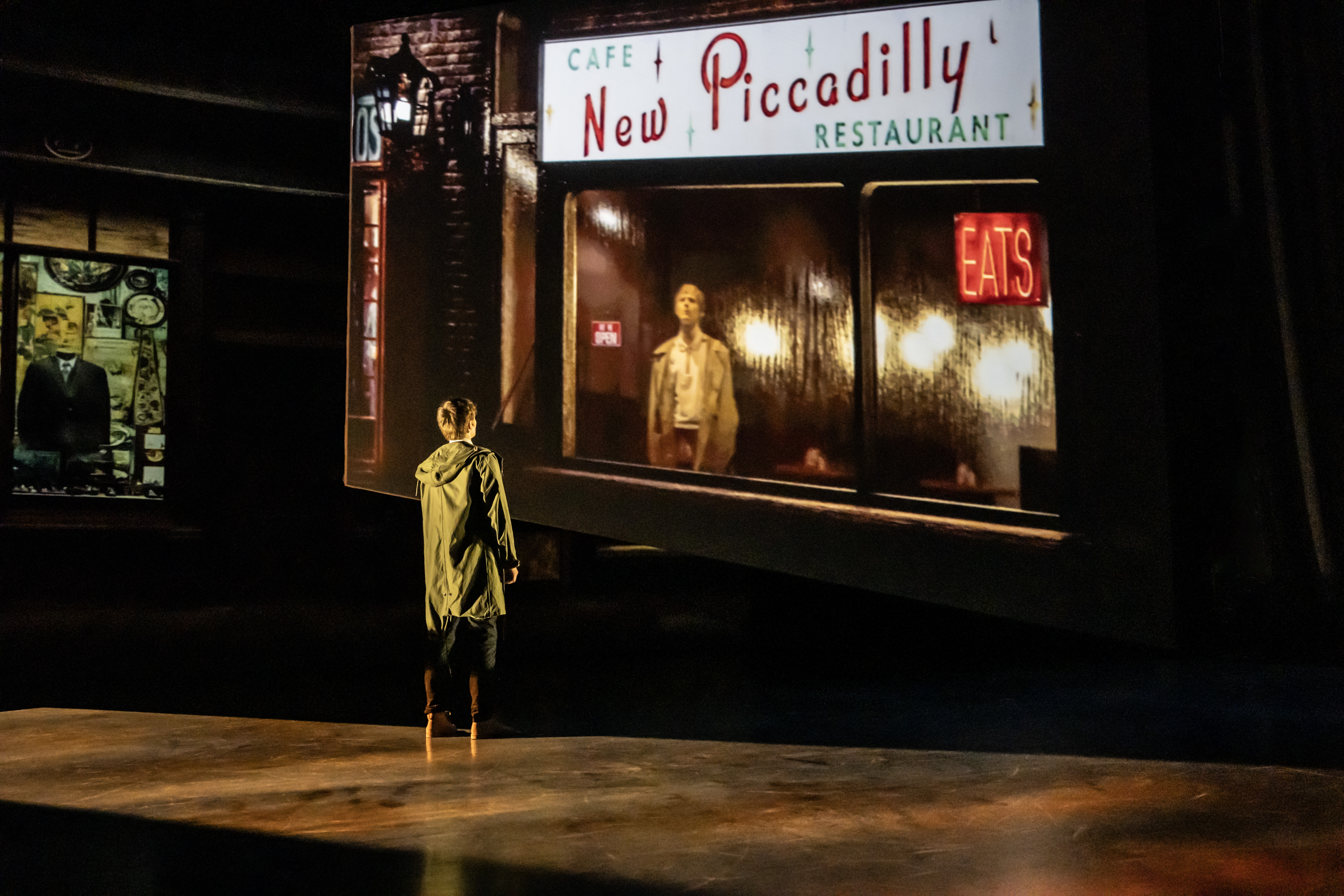 Paul Smith brings the Swinging Sixties to Sadler’s Wells in ‘Quadrophenia, A Mod Ballet’
Paul Smith brings the Swinging Sixties to Sadler’s Wells in ‘Quadrophenia, A Mod Ballet’In any imagining of Pete Townshend’s ‘rock opera’ – a chronicle steeped in the mythology of the 1960s – the suits need to be razor-sharp. ‘Quadrophenia, A Mod Ballet’ enlisted Paul Smith for the task
-
 Tour this fire-resilient minimalist weekend retreat in California
Tour this fire-resilient minimalist weekend retreat in CaliforniaA minimalist weekend retreat was designed as a counterpoint to a San Francisco pied-à-terre; Edmonds + Lee Architects’ Amnesia House in Napa Valley is a place for making memories
-
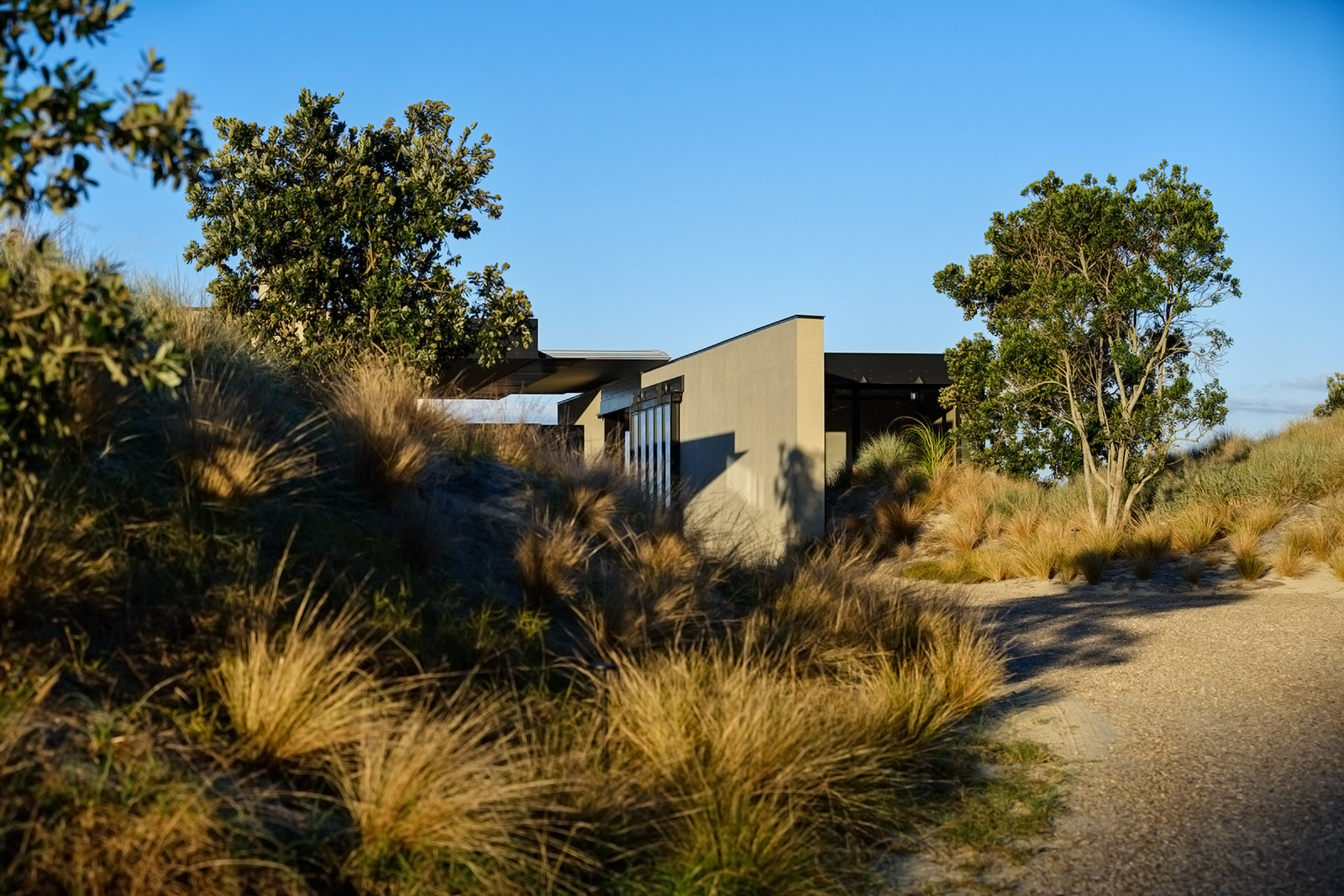 A New Zealand house on a rugged beach exemplifies architect Tom Kundig's approach in rich, yet understated luxury
A New Zealand house on a rugged beach exemplifies architect Tom Kundig's approach in rich, yet understated luxuryThis coastal home, featured in 'Tom Kundig: Complete Houses', a new book launch in the autumn by Monacelli Press, is a perfect example of its author's approach to understated luxury. We spoke to Tom Kundig, the architect behind it
-
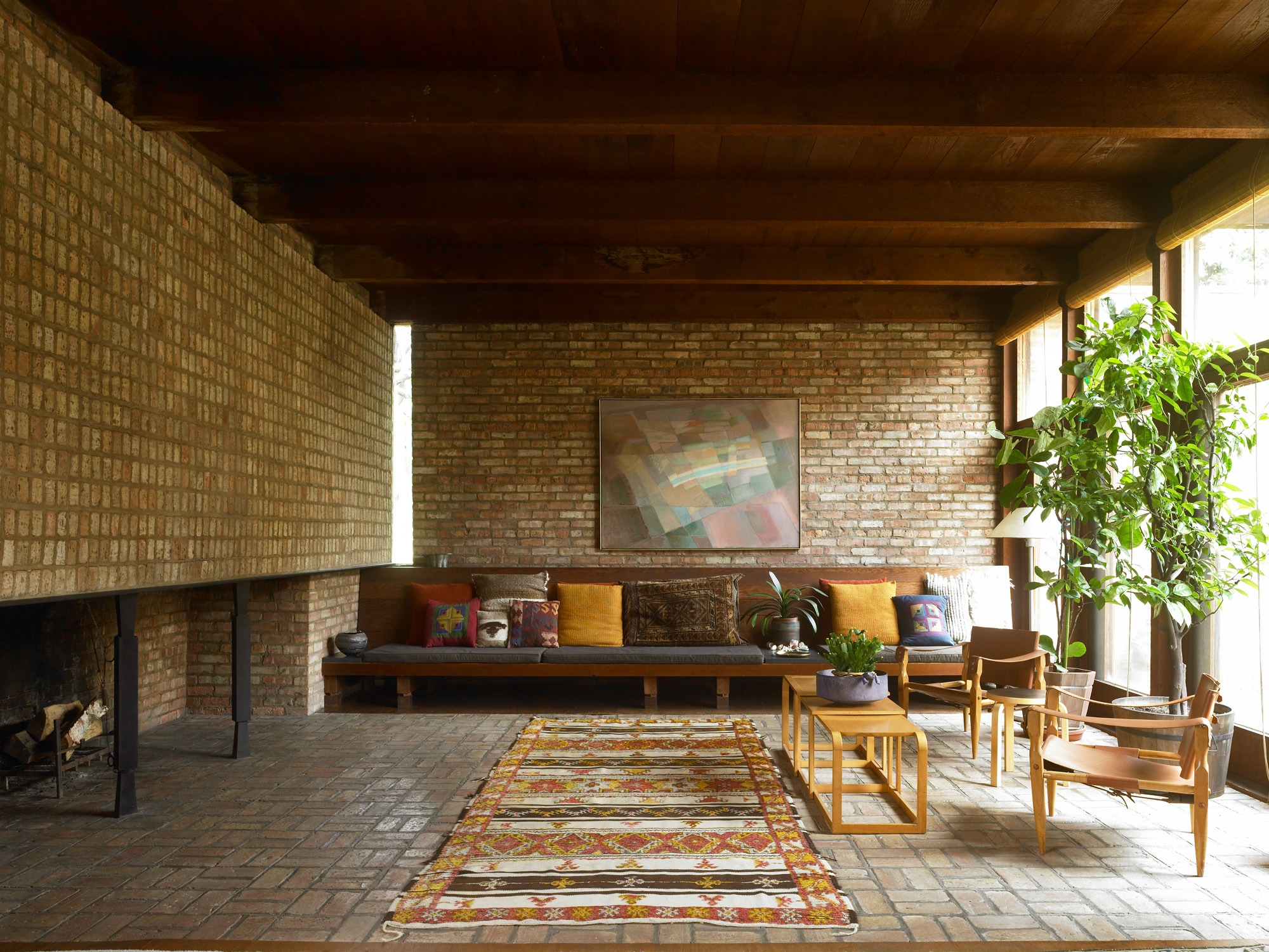 Tour architect Paul Schweikher’s house, a Chicago midcentury masterpiece
Tour architect Paul Schweikher’s house, a Chicago midcentury masterpieceNow hidden in the Chicago suburbs, architect Paul Schweikher's former home and studio is an understated midcentury masterpiece; we explore it, revisiting a story from the Wallpaper* archives, first published in April 2009
-
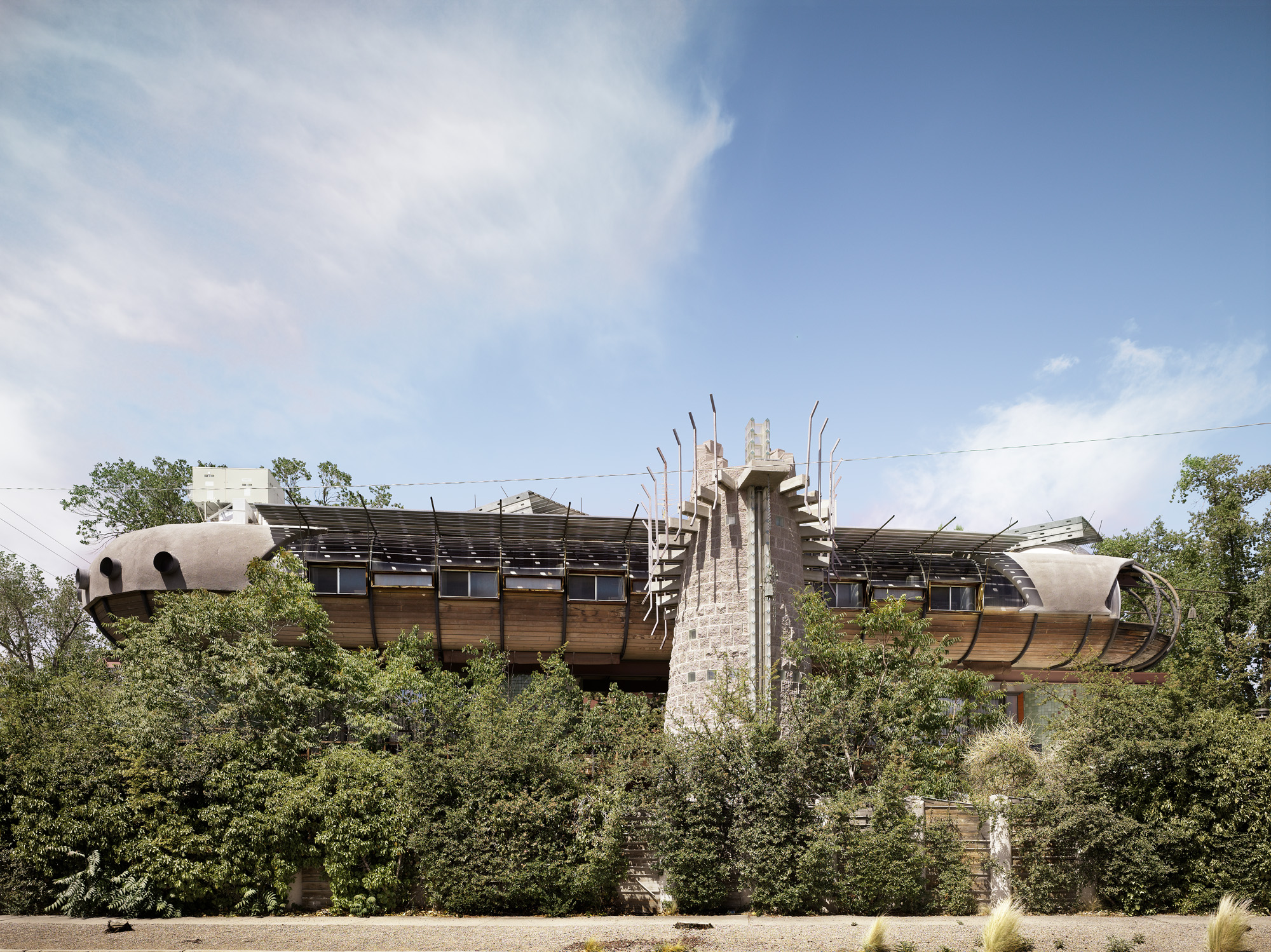 The world of Bart Prince, where architecture is born from the inside out
The world of Bart Prince, where architecture is born from the inside outFor the Albuquerque architect Bart Prince, function trumps form, and all building starts from the inside out; we revisit a profile from the Wallpaper* archive, first published in April 2009
-
 Is embracing nature the key to a more fire-resilient Los Angeles? These landscape architects think so
Is embracing nature the key to a more fire-resilient Los Angeles? These landscape architects think soFor some, an executive order issued by California governor Gavin Newsom does little to address the complexities of living within an urban-wildland interface
-
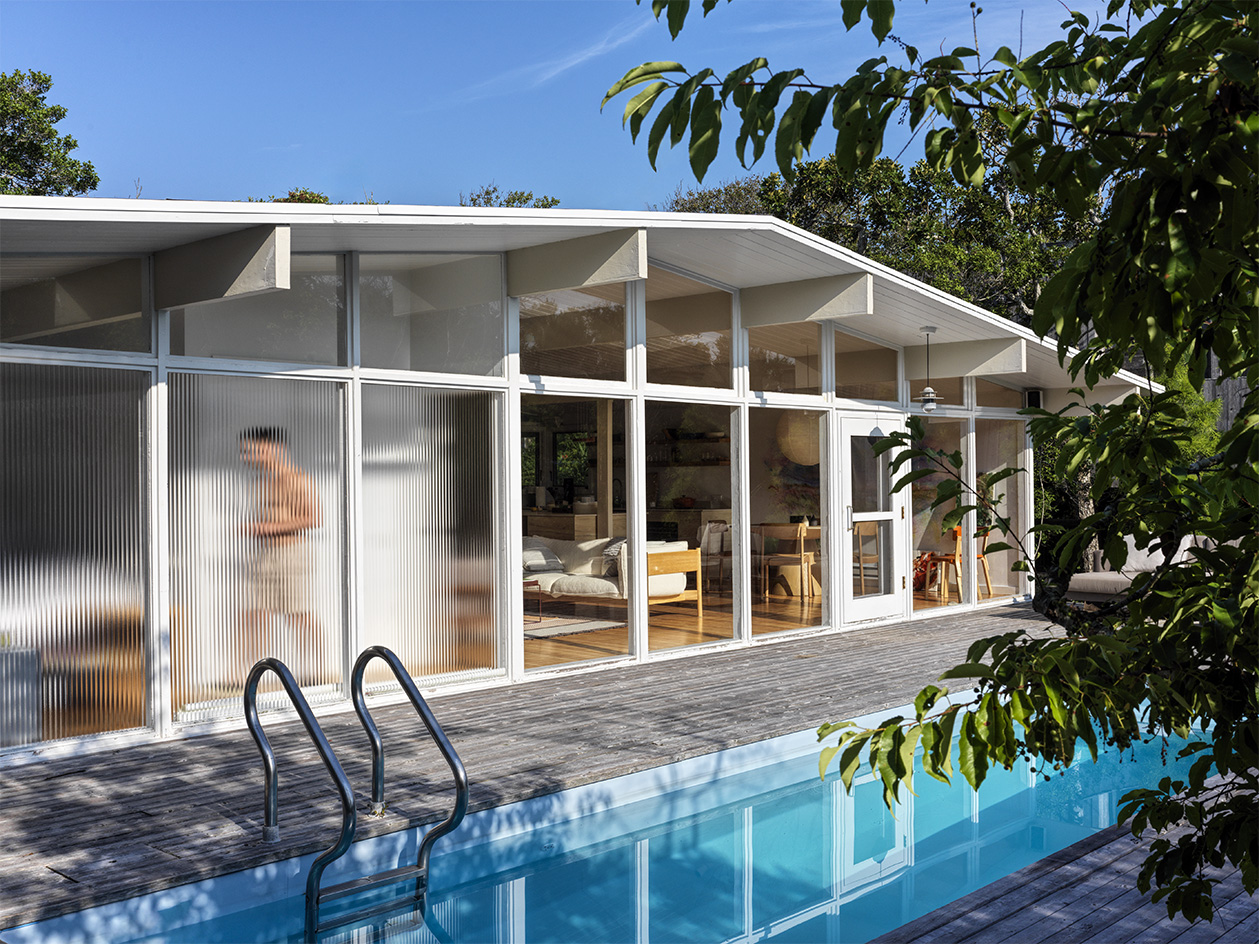 Hop on this Fire Island Pines tour, marking Pride Month and the start of the summer
Hop on this Fire Island Pines tour, marking Pride Month and the start of the summerA Fire Island Pines tour through the work of architecture studio BOND is hosted by The American Institute of Architects New York in celebration of Pride Month; join the fun
-
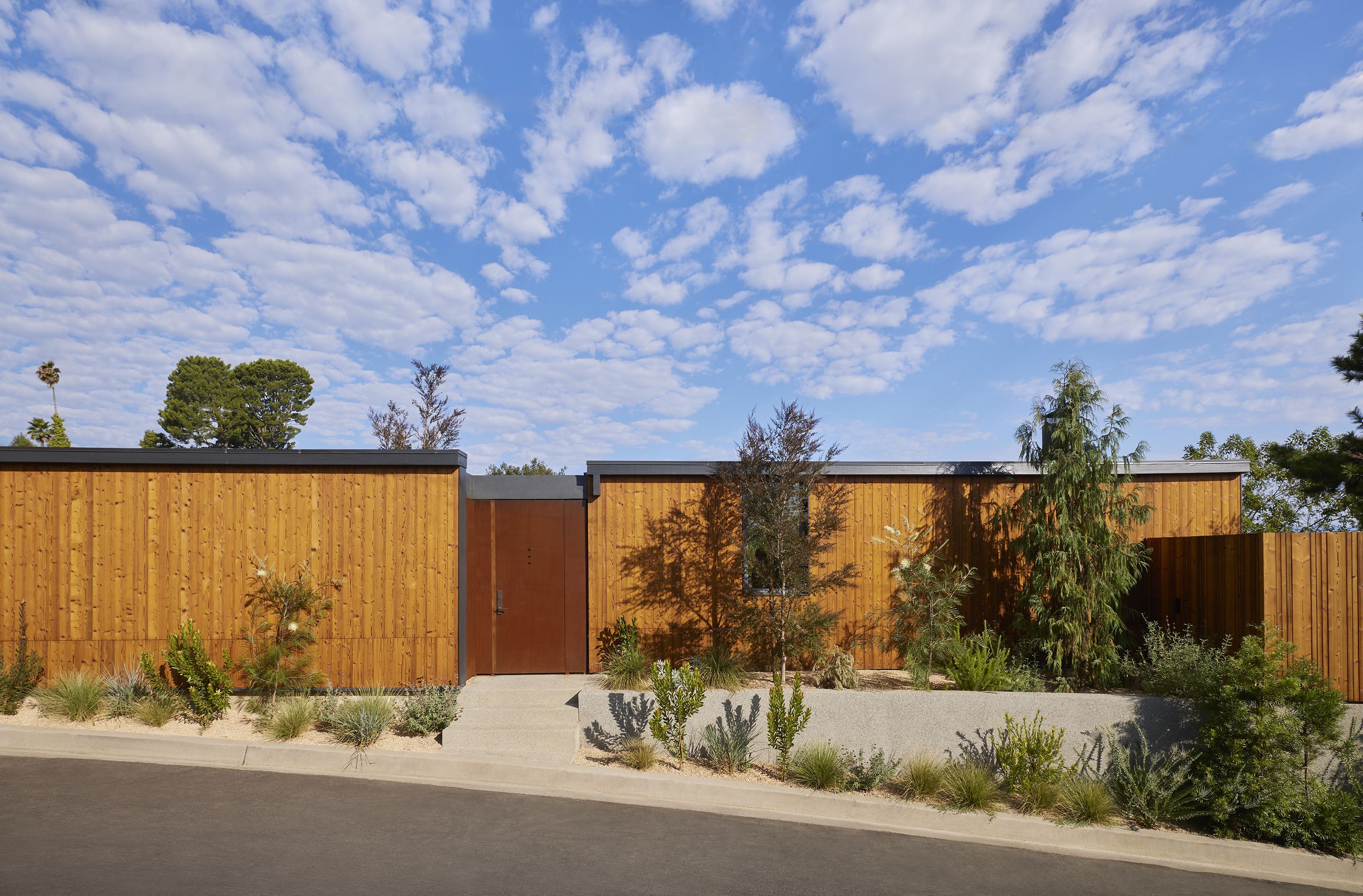 A Laurel Canyon house shows off its midcentury architecture bones
A Laurel Canyon house shows off its midcentury architecture bonesWe step inside a refreshed modernist Laurel Canyon house, the family home of Annie Ritz and Daniel Rabin of And And And Studio
-
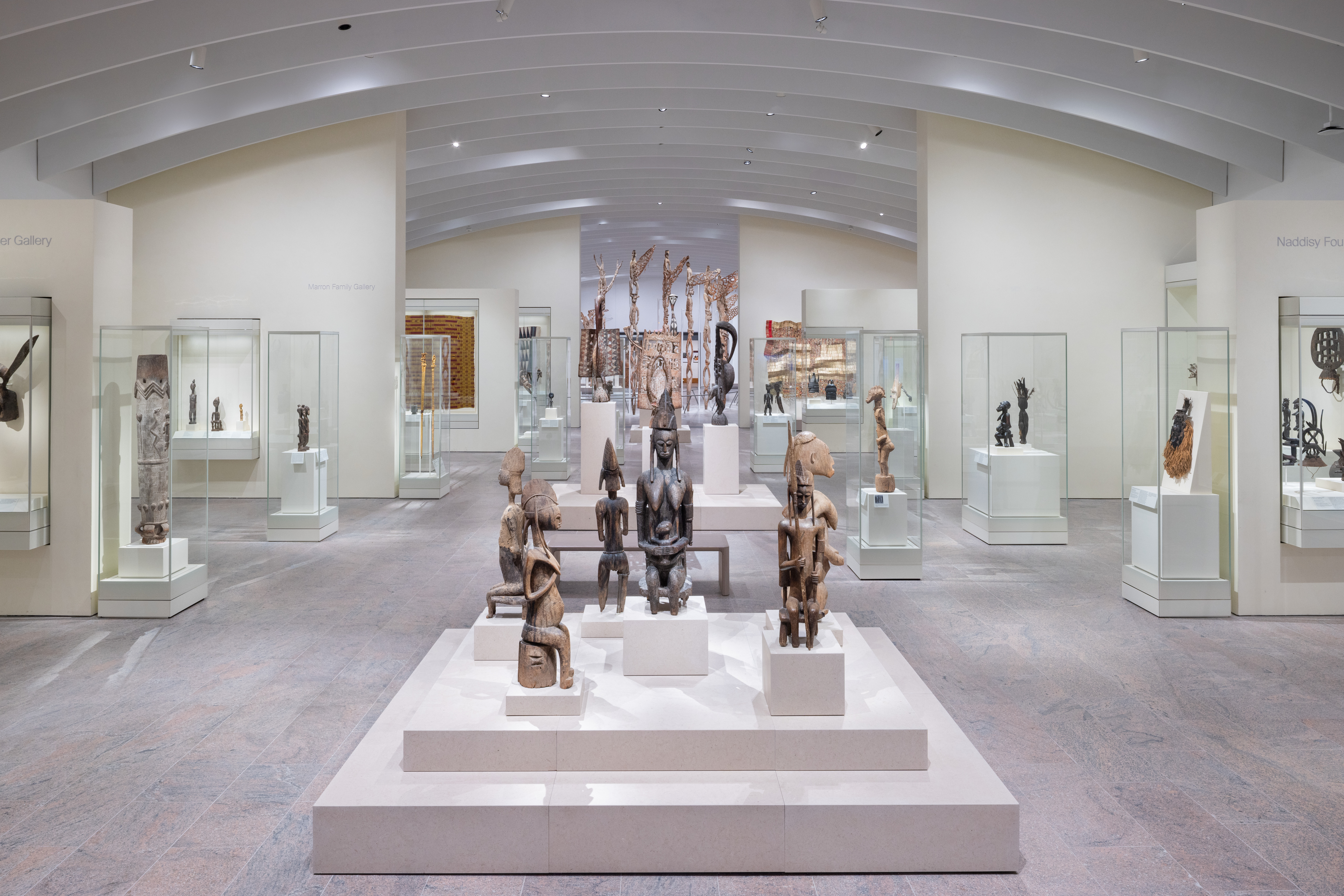 A refreshed Rockefeller Wing reopens with a bang at The Met in New York
A refreshed Rockefeller Wing reopens with a bang at The Met in New YorkThe Met's Michael C Rockefeller Wing gets a refresh by Kulapat Yantrasast's WHY Architecture, bringing light, air and impact to the galleries devoted to arts from Africa, Oceania and the Ancient Americas
